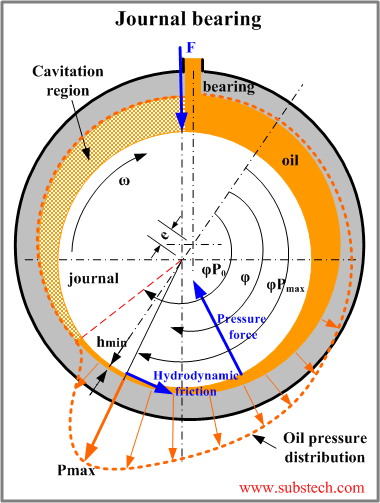Originally Posted By: Ruby2013Elantra
I know, I'm sorry. Just a curious question I had.
No need to be sorry. There’s just a lot of opinions on this forum. Many are unfounded and provided as fact, unfortunately. Sure there is a difference between 0W and 5W oils, but how that translates into real world performance... it’s anyones guess; toss a coin. Many will try to claim one is far better than the other and vice versa, but again, that’s just opinion.
I know, I'm sorry. Just a curious question I had.
No need to be sorry. There’s just a lot of opinions on this forum. Many are unfounded and provided as fact, unfortunately. Sure there is a difference between 0W and 5W oils, but how that translates into real world performance... it’s anyones guess; toss a coin. Many will try to claim one is far better than the other and vice versa, but again, that’s just opinion.





